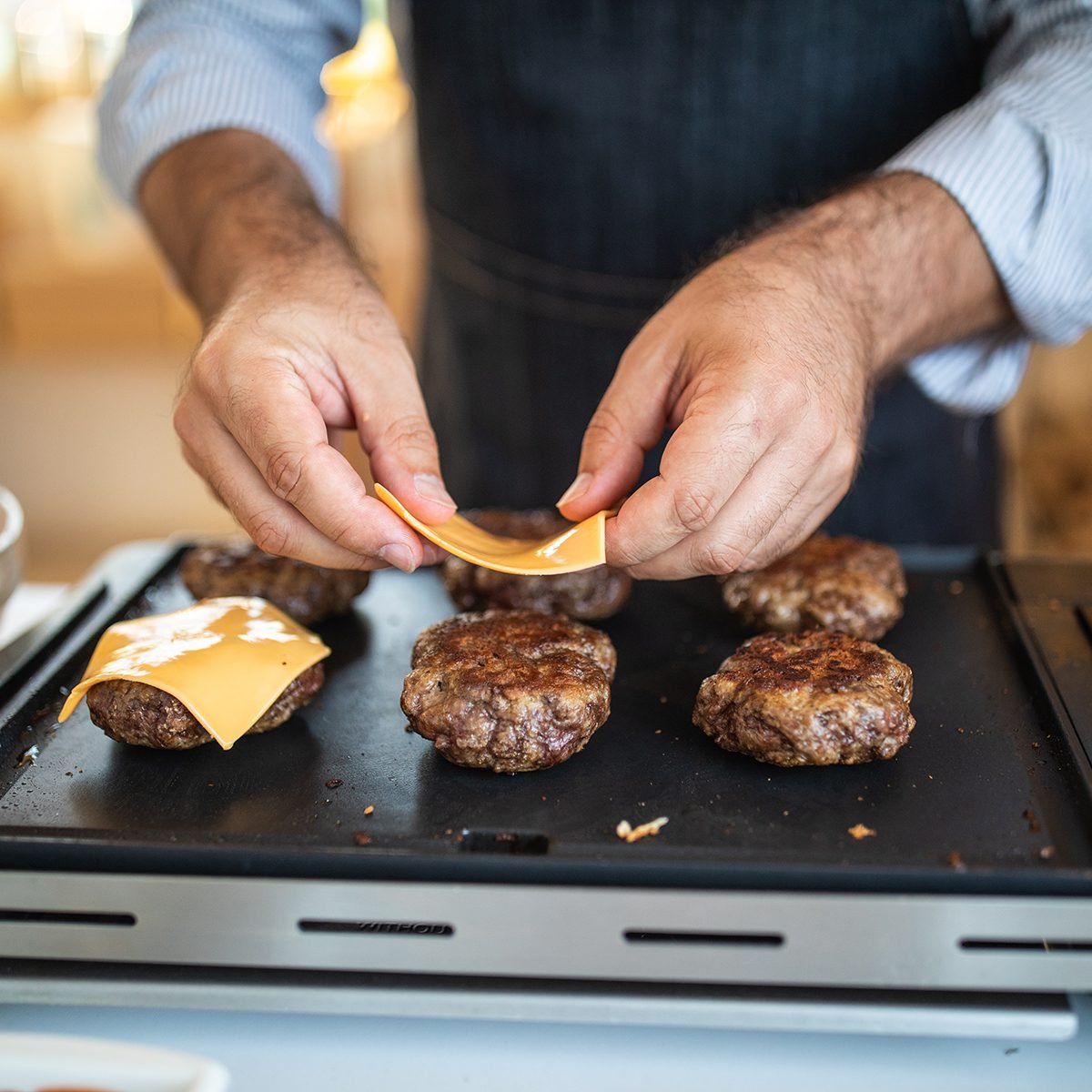Indoor grilling is a versatile and convenient cooking technique that brings the mouthwatering flavors of outdoor grilling into the comfort of your kitchen. Whether you're an experienced chef or a beginner, indoor grilling offers an easy, year-round way to enjoy rich, smoky flavors. This guide explores the essentials of indoor grilling, from choosing the right grill to mastering techniques that deliver perfect results every time.
Understanding Indoor Grilling
Indoor grilling utilizes appliances such as electric grills, grill pans, or countertop contact grills to cook within the confines of your home. Unlike traditional outdoor grills that use gas, charcoal, or wood, indoor grills operate on electricity, offering a convenient, smokeless option. Available in various forms, indoor grills capture the caramelized flavors reminiscent of outdoor grilling with minimal fuss.
Types of Indoor Grills
Choosing an indoor grill depends on factors like cooking style, available space, and budget. Here’s a breakdown of the three main types of indoor grills:
Electric Grills
Electric grills are a popular choice, known for their ease of use and consistent heating. Available in open or contact styles (like the well-known George Foreman grill), these grills are ideal for grilling meats, veggies, and even sandwiches. Their smokeless design makes them perfect for apartments and places with grilling restrictions.
Grill Pans
A grill pan is a stovetop tool designed to replicate the searing surface of an outdoor grill, complete with ridges for charring. Cast iron grill pans, in particular, retain heat exceptionally well, ensuring even cooking and control. They’re versatile, compact, and easy to store, making them a go-to choice for many home cooks.
Infrared Grills
Infrared grills use radiant heat to cook food quickly and evenly, producing high temperatures ideal for searing meats while retaining juices. Known for speed and efficiency, infrared grills are excellent for those who value quick, consistent grilling results.

How to Choose the Right Indoor Grill
When selecting an indoor grill, consider these factors to find the best fit for your kitchen setup:
Size and Space
Size matters, especially in smaller kitchens. Some models are compact and easy to store, while others may need dedicated counter space.
Temperature Control
A range of temperature settings allows for flexibility when cooking various foods, from delicate fish to thick cuts of meat. Look for grills with adjustable temperature controls for versatile cooking options.
Non-Stick Surface
A non-stick surface prevents sticking, simplifies cleaning, and ensures even cooking. This feature enhances the grilling experience, making it more convenient and enjoyable.
Durability
Choose durable materials like cast iron, stainless steel, or ceramic for long-lasting performance, even heat distribution, and reliable cooking results.
Essential Techniques for Indoor Grilling Success
Mastering some key techniques will help you achieve delicious, professional-quality results with your indoor grill. Here are the top practices for consistently great meals:
Preheat Your Grill
Preheating helps food cook evenly from the start, leading to better browning and attractive grill marks while minimizing sticking.
Use Minimal Oil
While most indoor grills have non-stick surfaces, lightly oiling your food (not the grill) can prevent sticking and enhance flavor.
Marinate for Extra Flavor
Marinating meats and veggies adds depth of flavor and helps tenderize. For best results, use marinades with acidic components, like lemon juice or vinegar, but pat down marinated items before grilling to reduce smoke.
Create Grill Marks
To achieve professional-looking grill marks, avoid moving the food too often. Let it sear undisturbed, then rotate it 90 degrees to create a crosshatch pattern.
Control Smoke Levels
While generally smokeless, some foods (especially fatty ones) can produce smoke. Trim excess fat, clean the grill regularly, and use a well-ventilated area to keep smoke under control.
Top Foods for Indoor Grilling
Indoor grilling accommodates a wide variety of foods. Here are some top choices for delicious, flavorful indoor grilling:
Meats
Steaks, chicken breasts, pork chops, and sausages are ideal. Use a meat thermometer to ensure proper cooking without overcooking thicker cuts.
Vegetables
Grilled vegetables like zucchini, bell peppers, eggplant, and mushrooms develop delicious char and smoky flavor. Toss them lightly in olive oil and season before grilling.
Fish and Seafood
Salmon, shrimp, and scallops cook quickly on an indoor grill and retain moisture well. A citrus-based marinade enhances their delicate flavors.
Sandwiches and Paninis
Indoor grills are excellent for creating crispy paninis and grilled sandwiches. Contact grills, in particular, press the sandwich as it cooks, resulting in a crusty exterior with a melted interior.
Cleaning and Maintenance Tips for Your Indoor Grill
Proper maintenance prolongs your indoor grill's life and ensures food safety. Here’s how to keep your grill in top shape:
- Clean After Each Use: Wipe down the grill with a damp cloth to remove grease and food particles. For stubborn residues, use a grill-safe brush.
- Avoid Harsh Chemicals: Opt for mild detergents when cleaning, as abrasives can damage non-stick surfaces.
- Regularly Empty Grease Trays: Many electric grills come with removable grease trays. Regularly empty these to prevent buildup.
Conclusion
Indoor grilling offers a fantastic way to enjoy the flavors of grilled food all year round. With the right equipment, techniques, and maintenance, you can create a variety of dishes—from juicy steaks to perfectly charred vegetables—that rival traditional outdoor grilling. By selecting the ideal grill, mastering essential grilling techniques, and following proper maintenance practices, you’re set to become an indoor grilling expert. Enjoy the endless culinary possibilities right from your kitchen!
